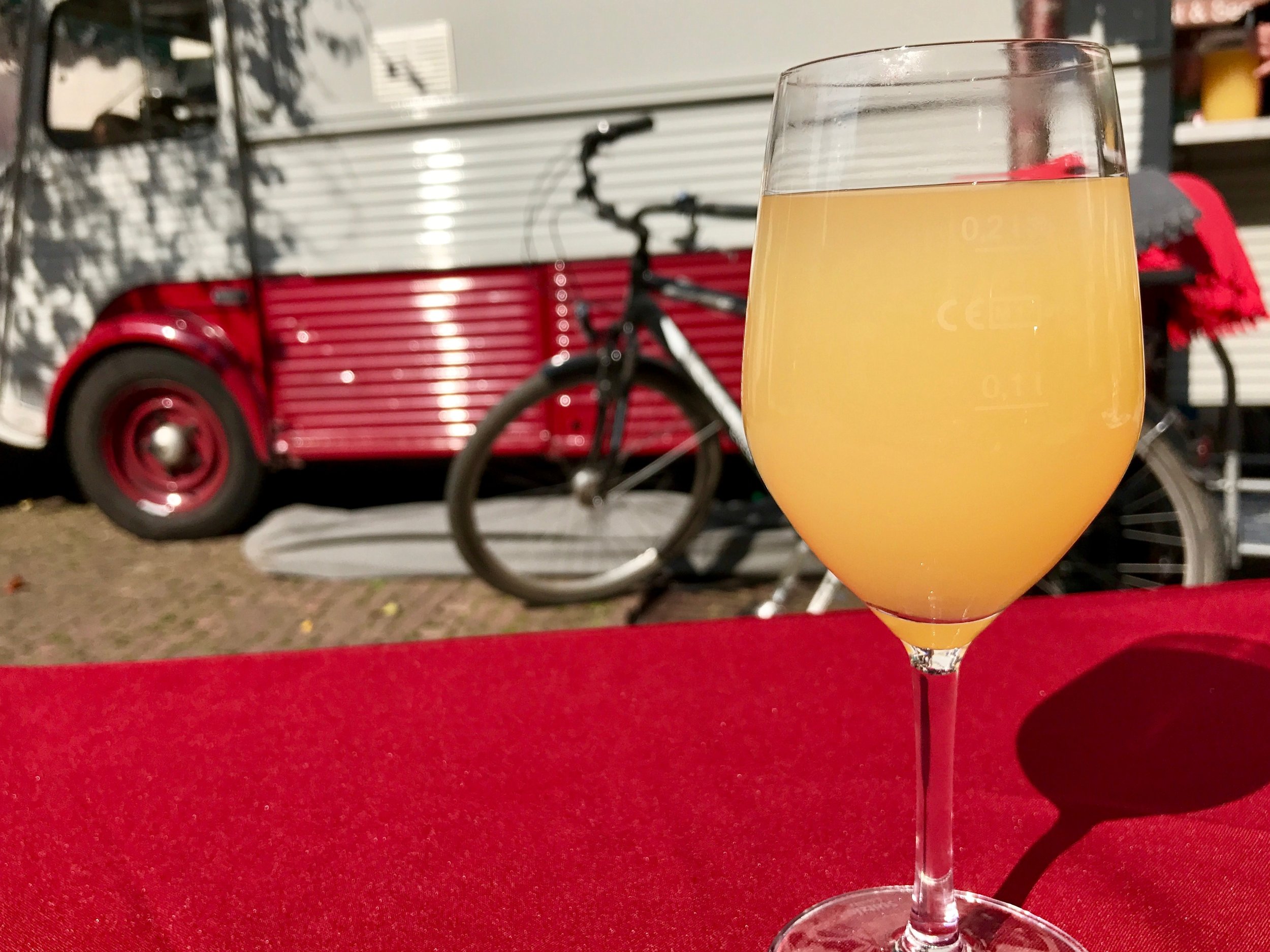Heidelberg audio tour - cafes and other recommendations!
/What makes Heidelberg so unique? Why does it feel so different to other German towns? Walking along the narrow streets you will hear how French troops burned Heidelberg to the ground and then about its re-birth as a baroque city, "beautiful and straight". The baroque features of the buildings then spring to life all around, as do the hidden remnants of the former medieval Heidelberg. Discover why there are so many madonnas in Heidelberg often perched above looking down upon the busy shoppers below and what the bronze monkey represents.
Student life features strongly in Germanys oldest university city:
- a student union canteen in an old medieval stable, - a dedicated student prison, - a new university building built around an old medieval witches tower, - a library in the architectural wilhelmian style, - famous students, both good and bad.
Heidelberg didn't escape the effects of World War Two either. Discover the book burning memorial and and stumble stones and the site of the old jewish synagogue, and who actually blew up the old bridge. Discover the influence the Americans have on this city too, both before and during the war.
Download the Voicemap tour and start discovering and exploring!








